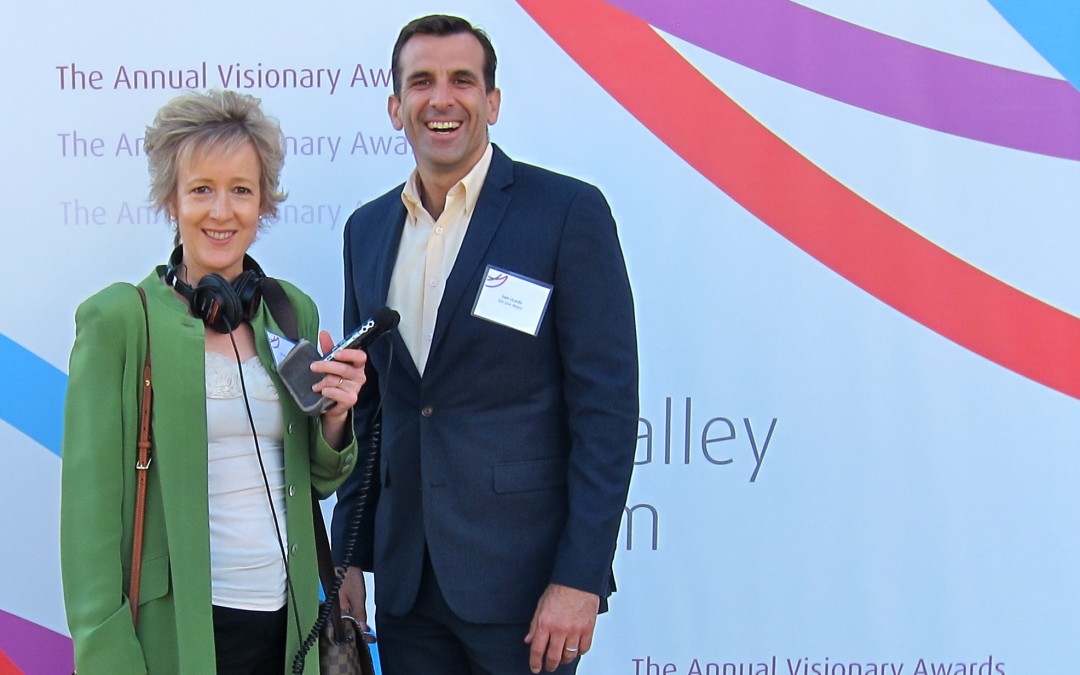
Jun 22, 2016 | BBC World Service, Entrepreneurship, Entrepreneurship & Innovation, Silicon Valley Events, Social Entrepreneurs
By Alison van Diggelen, host of Fresh Dialogues
“Making the world a better place.” This popular mantra of Silicon Valley entrepreneurs is regularly ridiculed by HBO’s popular series, Silicon Valley. For sure, the valley is full of hyperbole and idealistic exuberance, and to many outsiders that may seem completely irrational, insane even, but perhaps it’s a necessary mindset for this innovative region? Are there some entrepreneurs who genuinely want to make the world a better place, not for PR reasons, or to boost their social media following; but just for the sake of it? I attended the 19th annual SVForum Visionary Awards to explore the question.
This is my first report for the BBC World Service tech program, Click.
Listen at the BBC Click podcast (Silicon Valley segment starts at @13:33)
Here’s a transcript of the segment, edited for length and clarity:
Click Radio host, Gareth Mitchell: This is Click from the BBC in London. We talk about technology every week and Silicon Valley is often on the agenda. It’s the kind of place where if you’re a company CEO, and you clock up, say a billion users, most people would say, ‘well that’s incredible,’ but in Silicon Valley, people are likely to say, ‘Oh really?’ It’s almost like a billion seems like a small number, such is the ambition about that place. But Silicon Valley likes to tell us it does have a beating heart through its Visionary Awards and this is where the valley recognizes CEOs and developers who really do want to make the world a better place. From the awards, we have this report from Alison van Diggelen.
Alison van Diggelen: Talk of revolution was in the air in Silicon Valley last week at SVForum’s Visionary Awards. With past recipients like Bill Gates, Elon Musk, and Esther Dyson, these awards have earned a reputation as the Oscars of Silicon Valley. Sam Liccardo, the mayor of San Jose, welcomed guests…
Liccardo: In Silicon Valley we do a great job of innovating; we do a terrible job of celebrating. And it’s important that we stop every once in a while and recognize those who’ve been leading the way and perhaps allow them to inspire us.
van Diggelen: Jennifer Palka is one of this year’s visionary award winners and wants to inspire a revolution by transforming the relationship of the American people with their government. She’s founder of Code for America, a nonprofit that leverages the innovative power of SV technology to help make government work more efficiently, cheaply and openly.
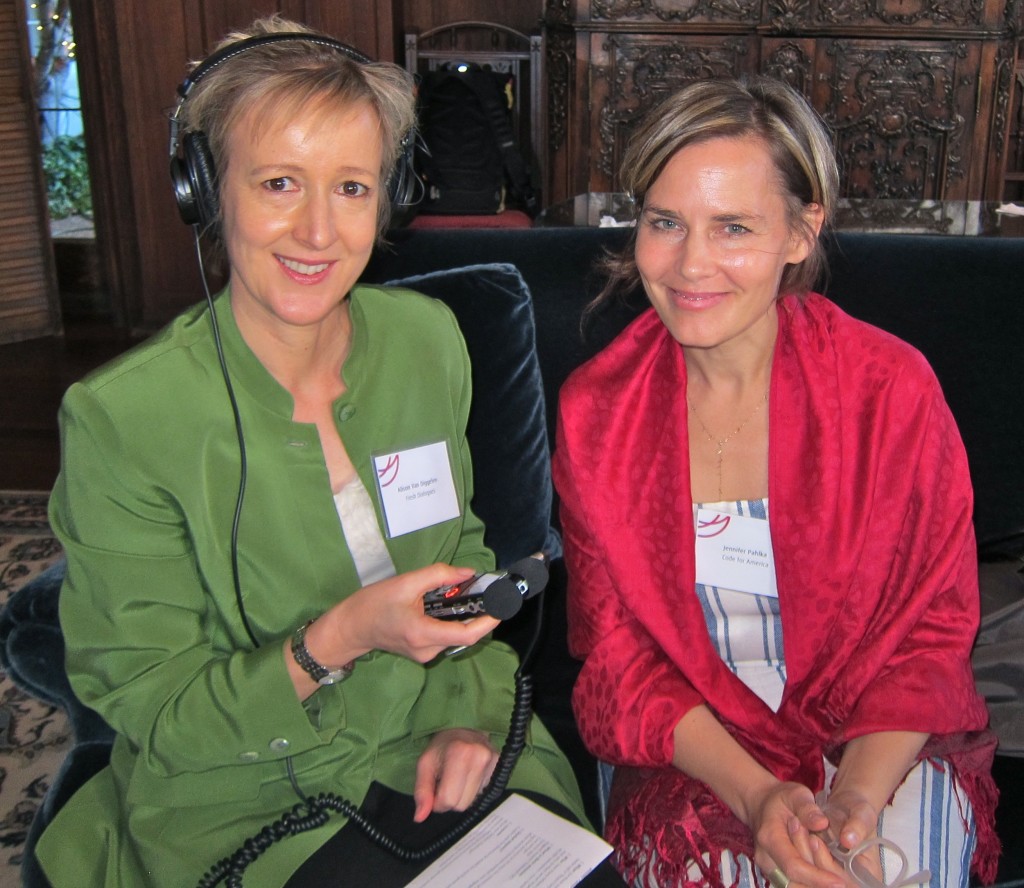 Pahlka: We’ve been trying to make the guts of government… as sexy as making Facebook. People are buying it… by coming into government, they can change the world.
Pahlka: We’ve been trying to make the guts of government… as sexy as making Facebook. People are buying it… by coming into government, they can change the world.
van Diggelen: Remarkably, Code for America has managed to attract many top techies from companies like Apple, Adobe and Google who apply the SV playbook to government.
Pahlka: We believe that government can work better “for the people and by the people” in the 21st Century…the thing we are doing is bringing the practices of SV – user centered, iterative and data-driven approaches to solving problems – into government…by asking people to come and do a year of service.
van Diggelen: Code for America “fellows” make open source apps to address local issues. These are being scaled from local to national level. It’s now easier to apply for food stamps, connect with city hall via text, and get access to public records online. In San Jose, it helped inspire a (waste no food) app that helps hotels and restaurants redirect excess food to feed SV’s homeless. Pahlka’s innovative model has even been adopted by governments around the world. There’s a Code for Japan, Germany, South Africa, and Pakistan. But what really animates Pahlka is how it’s helping redefine SV’s role in the world.
Pahlka: Silicon Valley gets bad rap – we’ve transformed the world, but increased the inequality in our country.
Silicon Valley isn’t just about wealth creation; it’s about bringing people into our institutions in a profoundly valuable way that connects to the history of our country.
van Diggelen: The history of the United States and the need for an open Internet was also top of visionary award winner Tom Wheeler’s mind. A former tech entrepreneur and VC, Wheeler is now Chairman of the Federal Communications Commission, the FCC, which regulates US phone and cable companies; and fights for net neutrality on behalf of consumers and innovators. Wheeler describes broadband as a major driver of economic growth and likens it to coal during the industrial revolution.
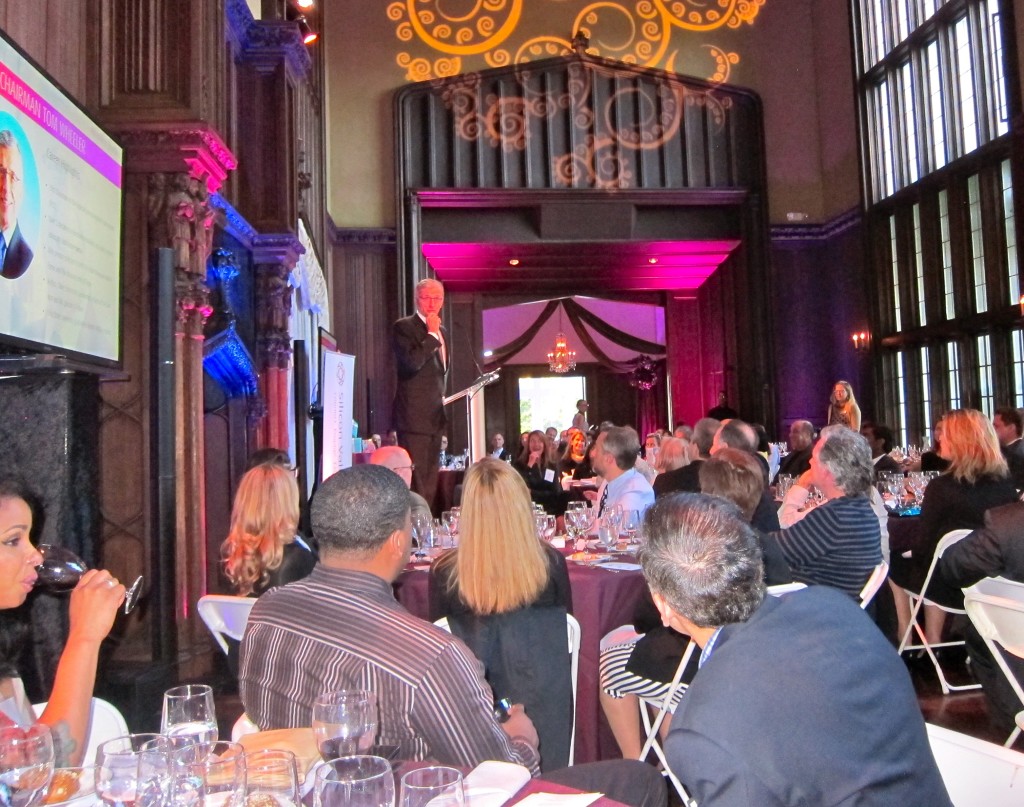 Wheeler: Broadband, high speed Internet is the essential “commodity” of the 21st Century… You can’t be in a situation where you’ve got gatekeepers deciding which innovators get on…
Wheeler: Broadband, high speed Internet is the essential “commodity” of the 21st Century… You can’t be in a situation where you’ve got gatekeepers deciding which innovators get on…
van Diggelen: The European Union is in the process of following a similar model.
But like many tech innovators, Wheeler has a long list of ambitions, including the fight for consumer privacy.
Wheeler: A network gets to see every place you go on the Internet, everything you do. In the phone world, they couldn’t sell that information without your permission. That doesn’t exist today for networks in the high speed Internet, so we’re proposing that it should. The consumer has right to say whether that information can be productized and sold by their network provider.
van Diggelen: As the celebrations come to a close, I asked serial entrepreneur, Kevin Surace to reflect on the evening.
Surace: We’re living in a time when the innovations are coming faster than we’ve ever seen – in the history of ever – we’re now seeing inventions as powerful as the fire or the wheel every month…the pace of innovation is unbelievable.
van Diggelen: A fitting end to an exuberant Silicon Valley evening, where everyone was pumped by the same revolutionary fervor: to make the world a better place.
Ambi –audience exuberance…fade out
Gareth Mitchell: Not that I want to bring the party down, but do they really want to make the world a better place? They might be nice people, but they’re running businesses, they’re pretty hard hearted entrepreneurs at the end of the day, aren’t they?
LJ Rich: There’s something called corporate social responsibility…it’s nice in a way that some companies would like to give back to the community, but it can’t hurt their social reputation, to be seen to be good, especially when you look at how a company’s social behavior is analyzed online and people will suffer if they’re behaving badly or in a way people aren’t impressed by. So yes, I think it’s very nice and altruistic, but there are always pluses to behaving in a responsible manner and some of these will definitely be impacting the bottom line.
Listen to the whole Click program, featuring reports on the future of the Internet; Wonderlab at London’s Science Museum; and a new virtual reality film called Valen’s Reef (about climate change’s impact on our oceans)
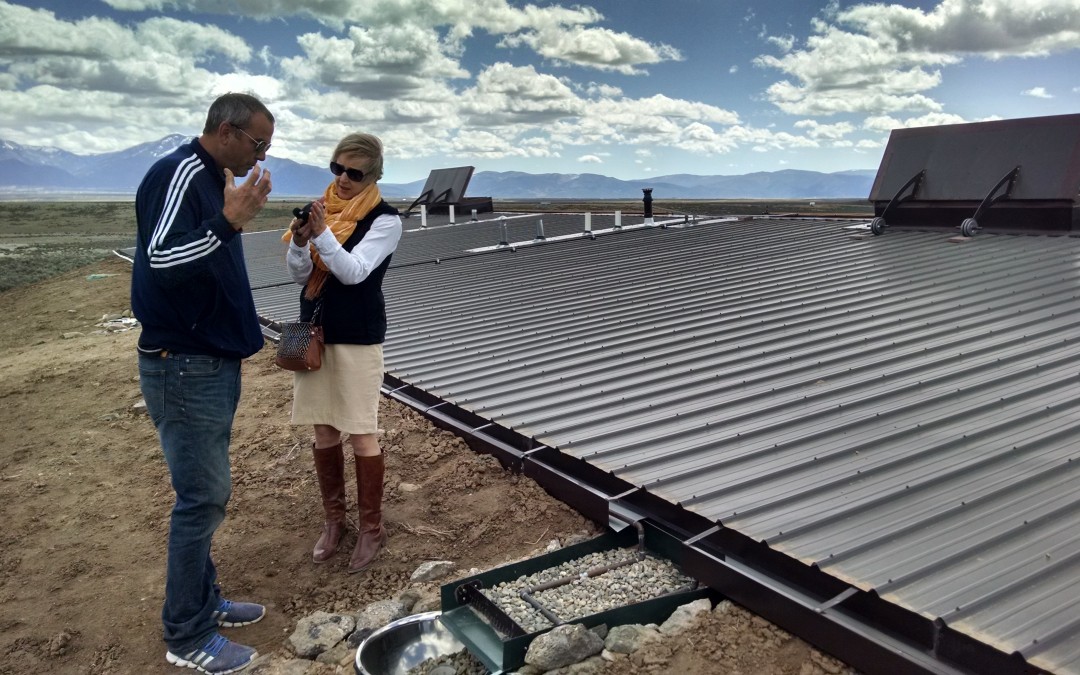
Jul 10, 2015 | BBC World Service, Clean Tech
By Alison van Diggelen, host of Fresh Dialogues
There’s nothing that Silicon Valley likes better than a big problem to solve. But with California’s historic drought and mandatory water restrictions in place, can Silicon Valley tech alone rescue the Golden State from going dusty brown?
The BBC invited me to share another Letter from Silicon Valley about Tech in the Time of Drought. Smart water meters, drone surveillance and soil monitoring etc. can help save water, but Californians are also leveraging tech to shame their neighbors – and celebrities – into saving water. Not surprisingly, #droughtshaming is trending on Twitter. This week, actor Tom Selleck has been sued for stealing water from a public fire hydrant in LA.
My Letter from Silicon Valley aired today on the BBC World Service program Business Daily (@13:29 in the podcast)
The BBC’s Manuela Saragosa hosted the show. Here’s her introduction:
Saragosa: One of California’s biggest problems at the moment is drought. So can Silicon Valley’s technology sector rescue the state from going dusty brown? Alison van Diggelen is there, and sent this report:
BBC Letter From Silicon Valley by Alison van Diggelen: Tech in the Time of Drought
In January, Bill Gates famously took a sip of water that minutes before was raw human sewage. As the cameras clicked in Washington State, he drank and smiled like the Cheshire cat. Eeewwww, you’re probably saying, but let’s dive a little deeper into what this innovation means.
Gates’s smile speaks volumes about “tech in the time of extreme drought.” Not only did Gates give the ultimate endorsement for a waste treatment startup he’s backing, it demonstrates an important Silicon Valley mantra: for every problem we face, there’s a tech solution. The bigger the problem, the bigger the opportunity.
And right now, California is in its 4th year of serious drought. Experts are calling our water crisis “the new norm.” And it’s part of a global problem. This year, for the first time, the World Economic Forum ranked water crises the number one danger in its Global Risk Report, above nuclear threats and global pandemics.
Silicon Valley startups are scrambling to find solutions: from Watersmart, a software management system that encourages water conservation; to mOasis, a soil additive that maximizes crop harvests with minimal water. Plans for massive desalination plants are also moving ahead.
Since farmers use 80% of California’s water, tech solutions that impact agriculture are especially valuable.
But tech solutions can’t do it alone.
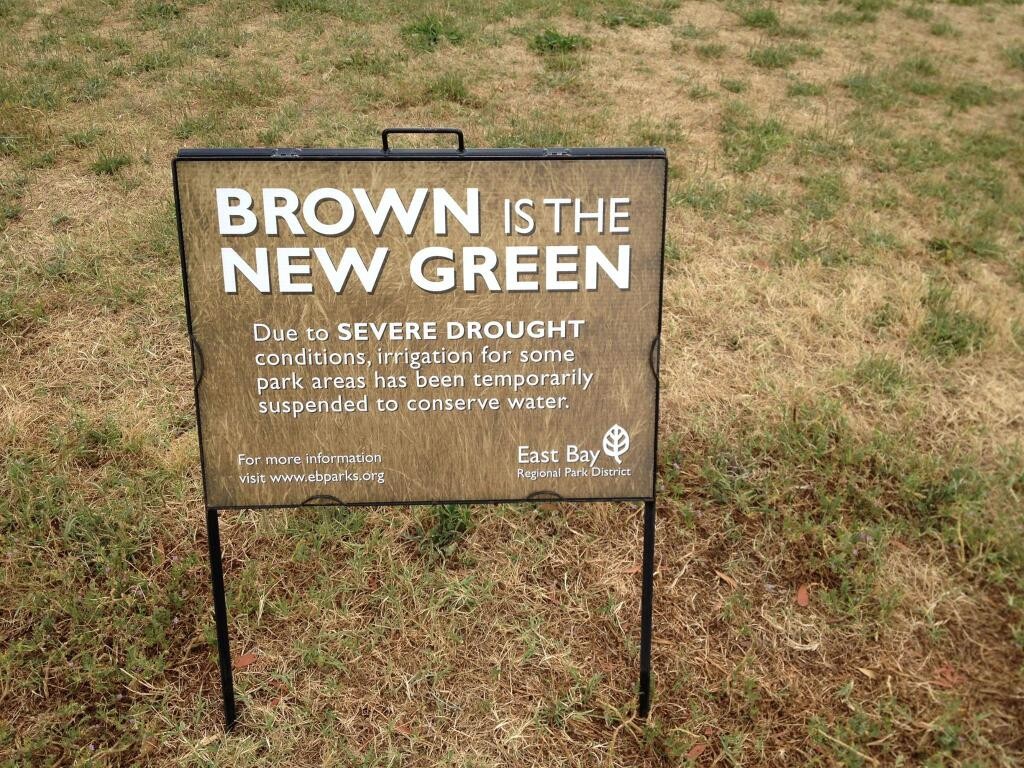 I recently visited the high desert state of New Mexico. As we flew over endless miles of parched land, I wondered, is this the future of California? I toured the Earthship headquarters where they are building radical eco homes, completely off the grid. With 8 inches of rain a year, residents are fanatical about water conservation, and they reuse every drop of water four or five times. Earthship roofs are designed for optimum rain and snow catchment and feed directly into massive holding tanks. They wouldn’t dream of having a bath, never mind using potablewater to flush the loo.
I recently visited the high desert state of New Mexico. As we flew over endless miles of parched land, I wondered, is this the future of California? I toured the Earthship headquarters where they are building radical eco homes, completely off the grid. With 8 inches of rain a year, residents are fanatical about water conservation, and they reuse every drop of water four or five times. Earthship roofs are designed for optimum rain and snow catchment and feed directly into massive holding tanks. They wouldn’t dream of having a bath, never mind using potablewater to flush the loo.
It was a vivid reminder that this crisis requires both low and high tech solutions; and we also need to adjust our mindsets.
A study by UCLA found that wealthier neighborhoods in LA use three times more water than others. A utilities manager in Newport Beach reported that some people – believe it or not – still don’t know that we’re in a drought.
Those with a cavalier attitude to water use in California will be forced to change. Soon, water districts can be fined up to $10,000 a day if they don’t reduce water use by 25%, on average. Residents here are bracing for a surge in water prices and potential fines. Installing greywater systems and replacing lawns with drought tolerant plants are becoming de rigueur.
As is drought shaming. Californians are using social media to shame their neighbors and target celebrities about wasting water. There’s even a drought shaming app that geo-tags photos so authorities can take action.
Ultimately, Silicon Valley’s tech solutions will help address this water crisis, but California will have to take action on all fronts. By adopting, and experimenting with a firehose of ideas from innovative minds* Silicon Valley could offer lessons for the whole world, as the impacts of climate change and water shortages grow.
*Tesla’s Elon Musk says he’s investigating a water saving solution using California aqueducts. Watch this space for updates.
Top Photo caption: A lesson in rainwater capture from Earthship educator, Tom Duke in Taos, New Mexico.
Check out more BBC Letters from Silicon Valley at Fresh Dialogues
On Sexism in Silicon Valley
On Failure in Silicon Valley
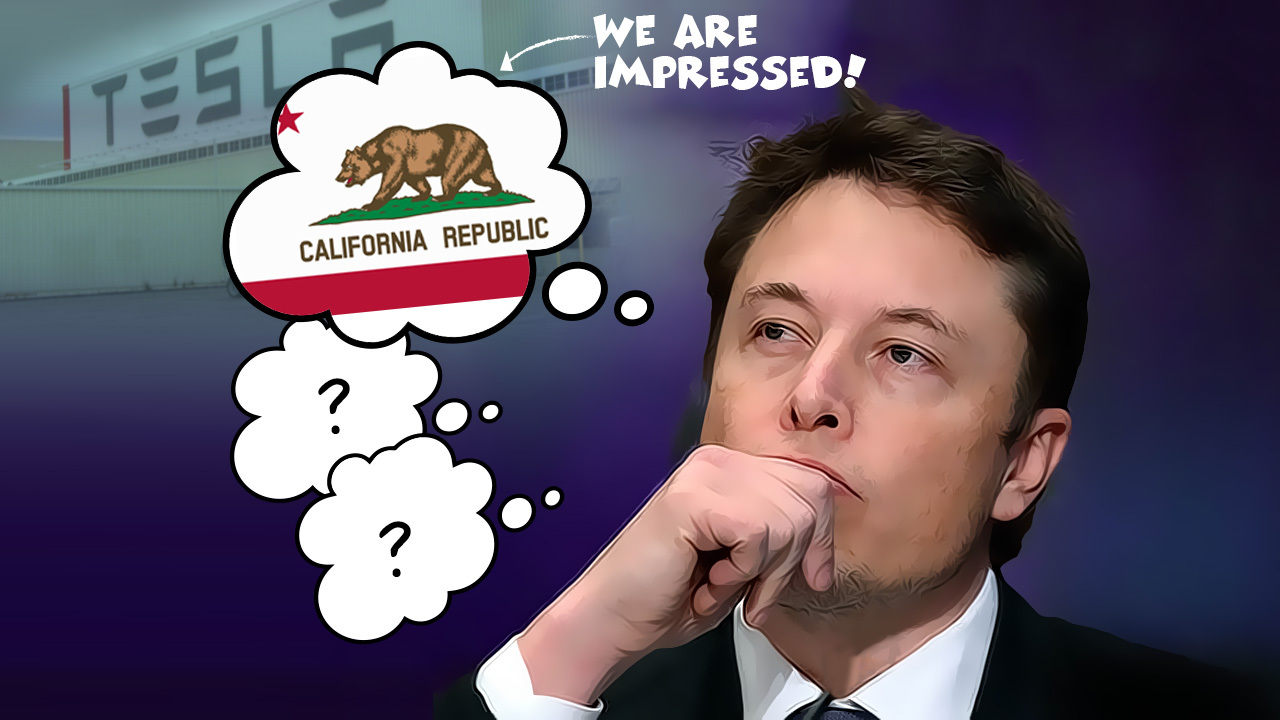
Aug 27, 2014 | BBC World Service, Electric Vehicles
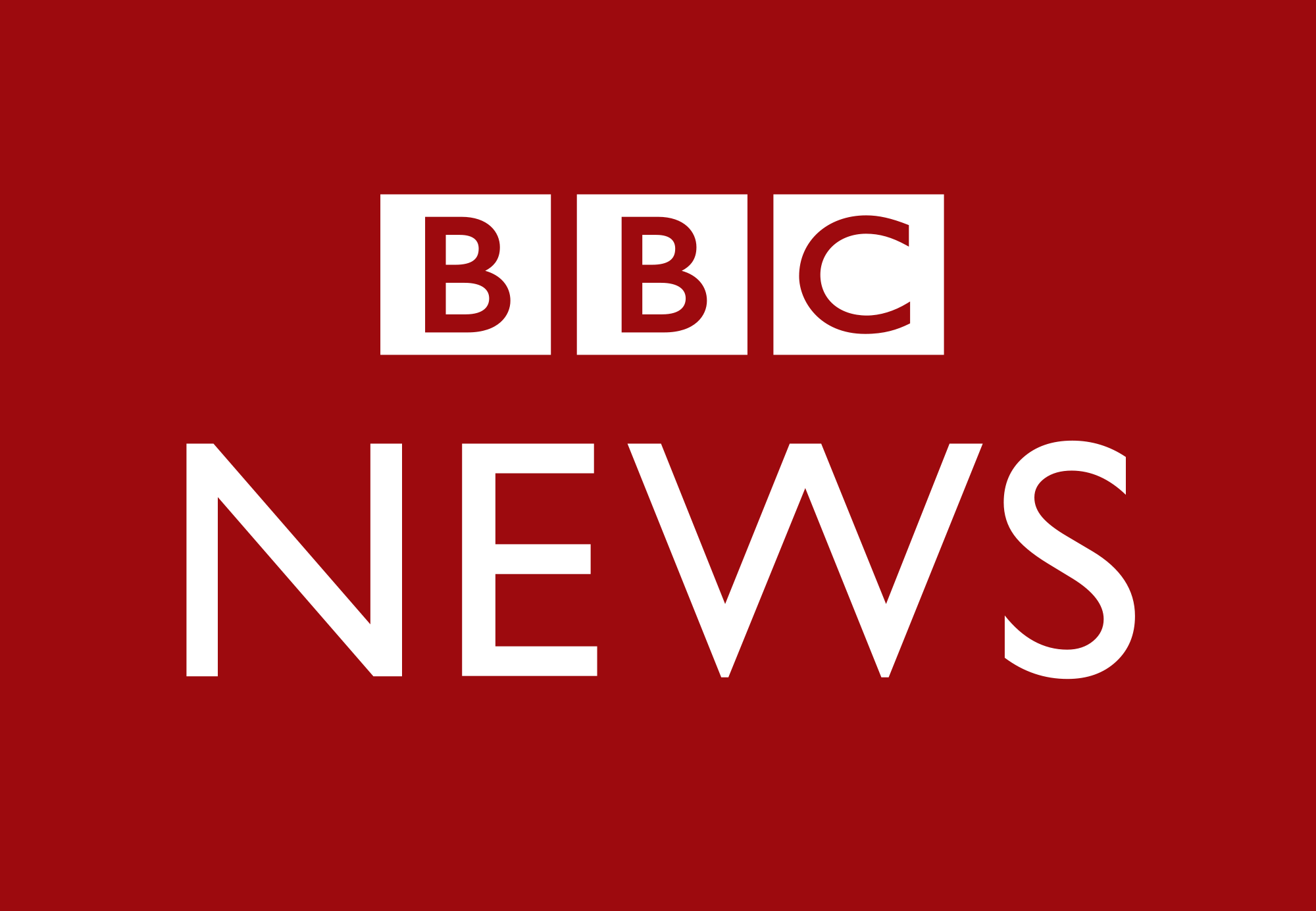 By Alison van Diggelen, host of Fresh Dialogues
By Alison van Diggelen, host of Fresh Dialogues
Last week I joined BBC Business Matters host, Mark Whittaker in London and CIMB Research’s Song Weng Wun in Singapore, for a discussion about Tesla’s Gigafactory; why competition between five U.S. states to secure the factory is so intense; and what it means for the future of electric cars.
Although Tesla began groundwork on a factory site in Reno, Nevada, progress has now halted. Last week, Nevada Senator, Harry Reid said, “I’m not sure they aren’t playing us.”
Meantime, California Governor, Jerry Brown is enthusiastically enticing the electric carmaker with offers of generous tax credits, employee training and fast track approvals.
Although some commentators say that the Golden State is too green to land the Tesla Factory, that hasn’t stopped State Senator Ted Gaines from remaining bullish. “I am very confident…innovators come to California because it’s unique,” Gaines said during a recent CNBC interview. “We want to fight for 6500 jobs and a $5 Billion investment.”
Listen to the global perspective at BBC Business Matters, starting @31:17.
Here is the transcript.
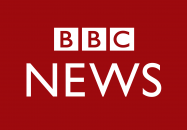 Mark Whitaker: My guests on Business Matters today are Song Seng Wun from CIMB Research in Singapore, and San Francisco’s Alison van Diggelen. Alison presents a program called Fresh Dialogues which is all about high tech… and all about green. Alison, we’re always keen to hear about what’s happening in Silicon Valley. What’s the latest?
Mark Whitaker: My guests on Business Matters today are Song Seng Wun from CIMB Research in Singapore, and San Francisco’s Alison van Diggelen. Alison presents a program called Fresh Dialogues which is all about high tech… and all about green. Alison, we’re always keen to hear about what’s happening in Silicon Valley. What’s the latest?
van Diggelen: The thing I’m excited about today is the fight over the Tesla gigafactory. Tesla is the maker of an all-electric vehicle, an electric car called a Model S; and the CEO Elon Musk is wanting to build what he’s calling a Gigafactory, which is a giant factory to make billions of lithium-ion batteries. Five states in the United States (California, Nevada, New Mexico, Arizona and Texas) are fighting over the privilege of having this factory in their state. It’s going to produce over 6000 jobs and obviously be a huge boost for the local economy. So it’s quite interesting to see the fierce competition over this whole green expansion here.
Whitaker: So it’s pretty high stakes. Does that give an indication that green industry has really taken off in the United States?
van Diggelen: Well Elon Musk and his team have certainly found a good formula. They’ve produced a car that has had all the top ratings in all the consumer reports. His premise is: he’s not just doing it because he thinks electric vehicles are cool. He really has the big picture in mind: he’s focused on climate change and focused on reducing our carbon footprint.
I listened in to a recent analyst conference call, and he said the sooner this factory can be built, the sooner we can reduce our carbon footprint and reduce the probability of a catastrophe.
He’s watching the ice melt in the polar caps and is concerned. So he’s really putting his money where his mouth is and saying: what can we do in the transport industry to make vehicles more electric and less carbon polluting?
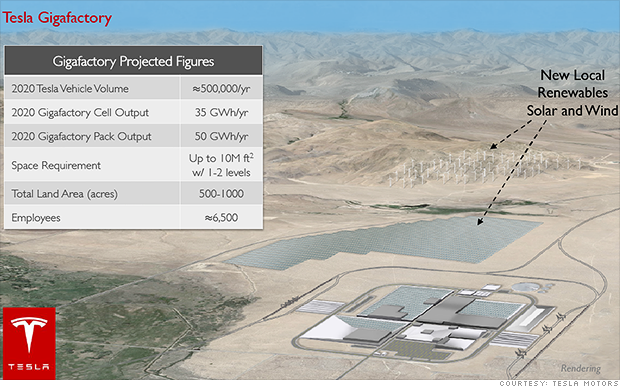
Whitaker: Song Seng Wun in Singapore, are you convinced that electric cars are just round the corner?
Song Seng Wun: Here in Singapore there is certainly plenty push as far as government is concerned to ensure transportation is as green as possible and obviously, if we are able to get more cheaper, affordable cars…Singapore is probably the world’s most expensive, even for electric cars…it will be welcome here.
It’s about whether the technology involved in greening transportation can be expanded for use in other cars in manufacturing, in businesses as well, which, I suppose is what Singapore is all about: how to use existing technology for better use elsewhere to increase productivity? (Productivity) is the catchword of the day, of the year, perhaps decade, here in Singapore.
Whitaker: Alison, from what Song Seng is saying…That’s quite heartening from your point of view?
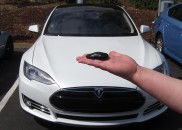 van Diggelen: Yes, it’s great to hear there is that focus on efficiency and sustainability…The Model S is between $70,000 and $100,000 here which obviously is a bit of a stretch for most of us, but what they plan is to have a third generation mass market car and this is where the Gigafactory is a key part of that. They’re planning to produce 500,000 of these all electric cars by 2020, so this is the grand strategy of making transport more electric and more energy efficient.
van Diggelen: Yes, it’s great to hear there is that focus on efficiency and sustainability…The Model S is between $70,000 and $100,000 here which obviously is a bit of a stretch for most of us, but what they plan is to have a third generation mass market car and this is where the Gigafactory is a key part of that. They’re planning to produce 500,000 of these all electric cars by 2020, so this is the grand strategy of making transport more electric and more energy efficient.
Listen to more of our BBC Business Matters discussion:
On the economics of Scottish independence: @26:00
On how to bring out the best in Parisian waiters @46:29
Check out other BBC Conversations on Fresh Dialogues:
On Google’s Self Driving Car in May 2014
On Apples’ Green Strategy in April 2014
On Fresh Dialogues and how it began in Feburary 2014
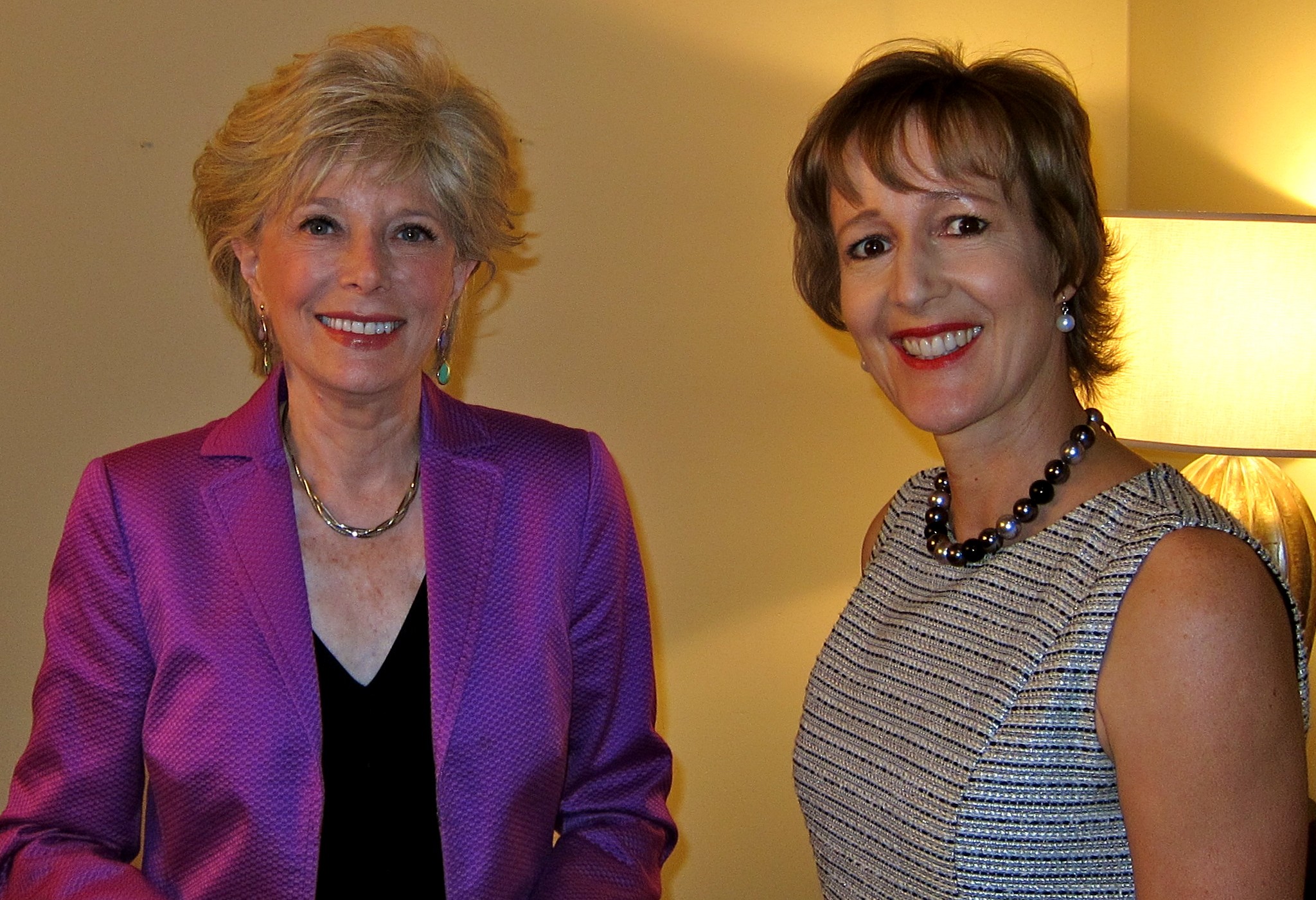
May 16, 2014 | Inspiring Women
By Alison van Diggelen, host of Fresh Dialogues
Last night, I caught up with acclaimed journalist Lesley Stahl to discuss Barbara Walters’ retirement. Here’s Stahl’s tribute to her television colleague and fellow crasher of the boys’ club:
“Barbara has been a pioneer all along,” says Stahl. “Even in hanging in there to the age of 84, she’s still leading the way.”
The 60 Minutes Correspondent and former White House Correspondent for the Carter, Reagan and George H. Bush administration gives a historic perspective on Barbara Walters’ groundbreaking role in TV journalism.
“When she started, when I started, it was generally assumed women couldn’t last in television news beyond the age of 40,” says the Emmy award winning Stahl. “Then it was 50, then Barbara reached 60…Barbara is 84, it’s fabulous!”
At 72, the vivacious Lesley Stahl continues to create newsmaking reports for 60 Minutes as well as Years of Living Dangerously. In her early days, producers told her to ”never, ever, ever smile,” she even wore glasses to look more serious. But today, the glasses are off and she frequently shows off her dynamic personality on air. She famously wrote in her biography, Reporting Live, that when she started work at 60 Minutes in 1991, joining septuagenarian colleagues like Morley Safer, she felt younger, “There simply is not a better job or a better shop in all of television news – possibly in all of journalism.”
The interview was recorded back stage at the Flint Center in Cupertino, minutes before Lesley Stahl took the stage with her 60 Minutes colleague Bob Simon, for Foothill College’s Celebrity Forum Series. Special thanks to host, Dick Henning and Foothill College President Judy Miner for their warm welcome.
Check back soon at Fresh Dialogues for Part 2 of my interview with Lesley Stahl about climate change and her eye witness account of the dramatic Arctic ice melt.
See Fresh Dialogues Inspiring Women Series featuring Meryl Streep, Susan Sarandon, Sheryl Sandberg and Belva Davis.
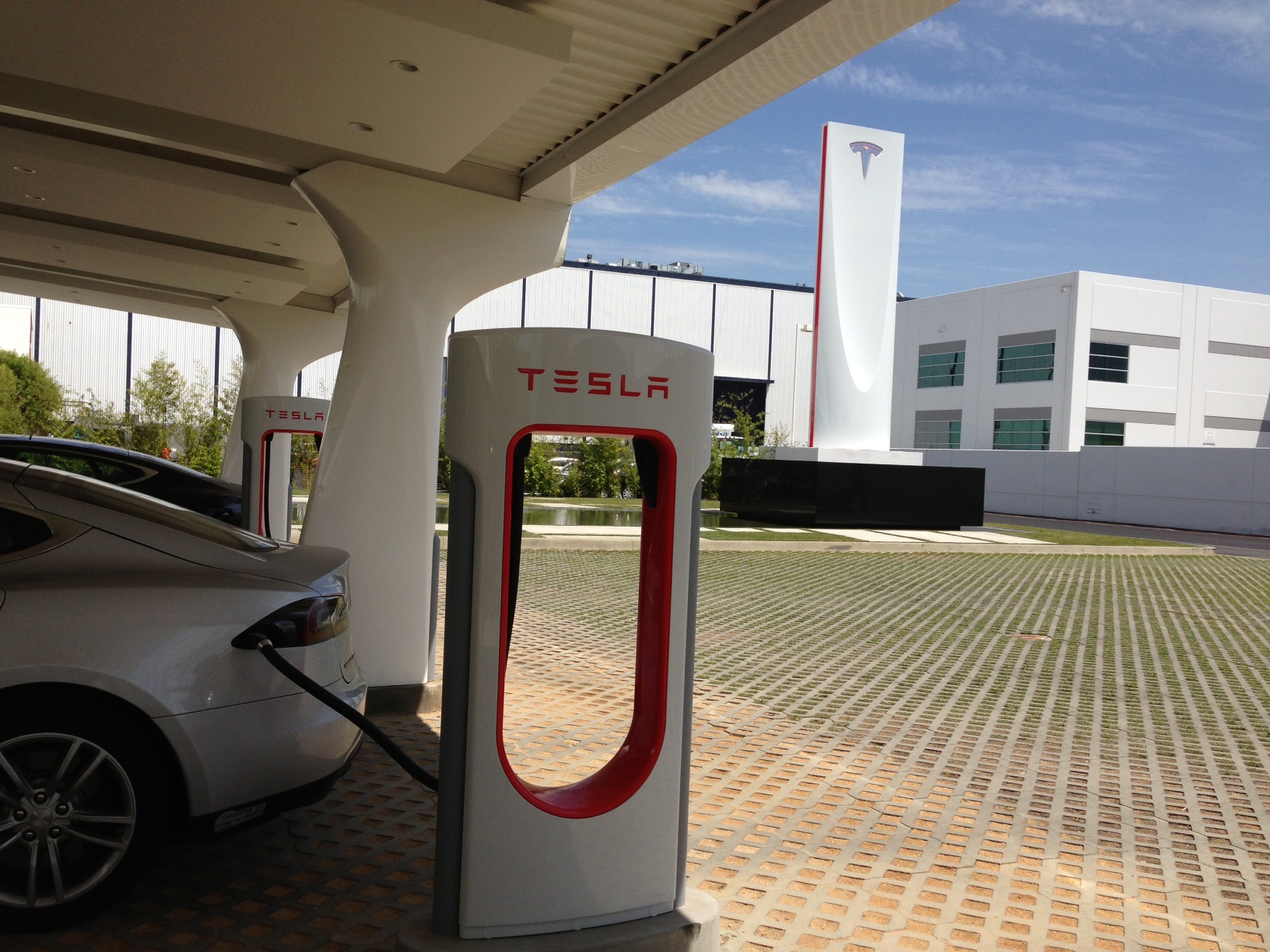
Aug 9, 2013 | Electric Vehicles
Alison van Diggelen, host of Fresh Dialogues
This is part of the story, Boldly Going. A Tesla Family Road Trip, From Silicon Valley to LA
.
Part One: Escape From LA: We went for a fast charge and got much more than we bargained for…
.
Los Angeles, August 2nd, 2013: It was 2.30pm and the clock was ticking. We were in a race to escape the hellish Friday afternoon exodus from LA, but with 87 miles of charge, we couldn’t make it from Long Beach to Santa Barbara without a top up. So when we pulled off Crenshaw Boulevard, looking for LA’s
only Tesla Supercharger, I felt sure we’d made a grave mistake. The building said SpaceX, there were no chargers in sight, and the security guard looked stern.
.
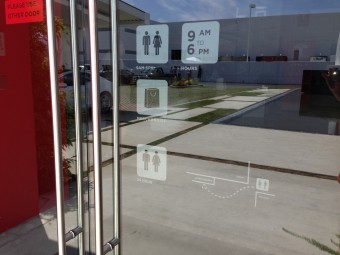
We were directed around the building, past SpaceX workers wielding heavy equipment, to the
Tesla Design Studio where a sleek row of four Superchargers awaited us, only one in use. After a 20 minute pit stop that was more eventful than we expected (more on that below), we were charged and back on the road. Despite traffic building up on the notorious 405 and roadworks in Santa Monica, it was a smooth ride north via Malibu and we made it to Santa Barbara in time for afternoon tea.
Total journey: 124 miles. Total time: 2 hours 50 minutes. Total cost: Free (Tesla Superchargers are currently free).
.
Now back to that remarkable pit stop.
.
Feeling scruffy and dusty from camping on Catalina Island, it was awkward asking a passing Tesla employee where we could find coffee. Needn’t have worried. When you’re driving a Tesla, and you’re in Elon Musk’s back yard, it doesn’t matter if your clothes are crumpled, your hair needs washed and you smell faintly of firewood. We were soon ensconced in the foyer of the Tesla Design Studio (which doubles as a classy rest stop for drivers), kids devouring iced water, husband sipping fresh brewed espresso. And me? Ogling my first Model X.
.
The design is innovative. At first glance, it looks like a Model S, sleek and elegant. Upon further inspection, it’s taller and bulkier, but certainly not the wardrobe on wheels that many SUVs resemble.
.
Here are the highlights:
.
On the Model X
Yes indeed, Franz is spending most of his time on the Model X design. It’s due
to be released late 2014. He was vague about progress on the
Third Generation Tesla which is planned to retail for around $35,000 and have mass market appeal.
.
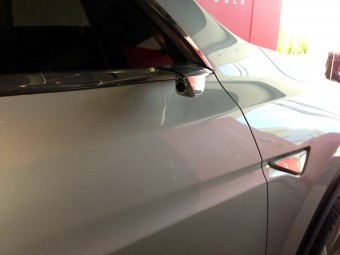 On replacing the wing mirrors with video cameras
On replacing the wing mirrors with video camerasFranz confirmed that they’re still in talks with authorities to get the necessary permissions for this innovative change which will make the car sleeker and more aerodynamic (not to mention, presumably free of blind spots). Tesla is at the front of the movement to release this feature, further increasing the range of their vehicles. Side-view mirrors are the elephant in the living room for vehicle drag, typically 3-6% of total vehicle drag. Note that VW’s XL1 turbodiesel, with a similar release schedule to the Model X, uses the same trick.
Photo caption: Tesla’s side-view mirror cameras further shrink Model X’s class-leading drag coefficient.
.
Find out more from this
Elon Musk Video. “
I mean the body of regulation for cars could fill this room. It’s just crazy how much regulation there is. Down to what the headlamps are supposed to be like. They even specify some of the elements of the user interface on the dashboard…some of these are completely anachronistic...” Elon Musk
.
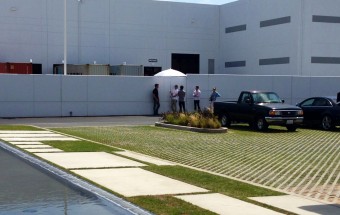 On the brash new color of Franz von Holzhausen’s Model S
On the brash new color of Franz von Holzhausen’s Model SFranz grinned big when we discussed his unique Model S. He said it was parked inside the Design Studio and the color is still “officially” under wraps, yet the stunning “electric blue” is
all over the internet. Certainly not my cup of tea, but it works for some.
.
On Franz von Holzhausen imminent stardom
Although Franz is a low key guy, he’s not camera shy. After our conversation, he posed for a photo shoot for
Details Magazine.
.
Check back soon for Part Two of A Tesla Family Road Trip, Silicon Valley to LA
To LA and Beyond, Space The Final Frontier
.
I’ll show you our route from Silicon Valley to LA (Long Beach Catalina Express) and how the roomy frunk and trunk devoured all our camping gear, clothes for a week, as well as our son’s starting college necessities, to leave us a roomy, clutter free interior space. Our Tesla adventure wasn’t without issues however. We didn’t opt for the navigation package, so misleading touchscreen information on new Superchargers in Atascadero and Buellton had us scratching our heads; and we had to reboot the touchscreen several times too. More on that soon.

 Pahlka: We’ve been trying to make the guts of government… as sexy as making Facebook. People are buying it… by coming into government, they can change the world.
Pahlka: We’ve been trying to make the guts of government… as sexy as making Facebook. People are buying it… by coming into government, they can change the world. Wheeler: Broadband, high speed Internet is the essential “commodity” of the 21st Century… You can’t be in a situation where you’ve got gatekeepers deciding which innovators get on…
Wheeler: Broadband, high speed Internet is the essential “commodity” of the 21st Century… You can’t be in a situation where you’ve got gatekeepers deciding which innovators get on…

 I recently visited the high desert state of New Mexico. As we flew over endless miles of parched land, I wondered, is this the future of California? I toured the
I recently visited the high desert state of New Mexico. As we flew over endless miles of parched land, I wondered, is this the future of California? I toured the 
 Mark Whitaker: My guests on Business Matters today are Song Seng Wun from CIMB Research in Singapore, and San Francisco’s Alison van Diggelen. Alison presents a program called
Mark Whitaker: My guests on Business Matters today are Song Seng Wun from CIMB Research in Singapore, and San Francisco’s Alison van Diggelen. Alison presents a program called 
 van Diggelen: Yes, it’s great to hear there is that focus on efficiency and sustainability…The Model S is between $70,000 and $100,000 here which obviously is a bit of a stretch for most of us, but what they plan is to have a
van Diggelen: Yes, it’s great to hear there is that focus on efficiency and sustainability…The Model S is between $70,000 and $100,000 here which obviously is a bit of a stretch for most of us, but what they plan is to have a 


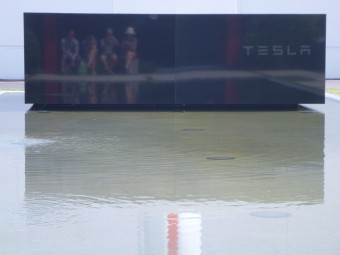
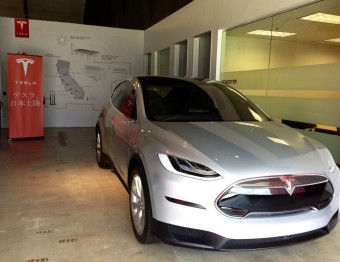
 On replacing the wing mirrors with video cameras
On replacing the wing mirrors with video cameras On the brash new color of Franz von Holzhausen’s Model S
On the brash new color of Franz von Holzhausen’s Model S

